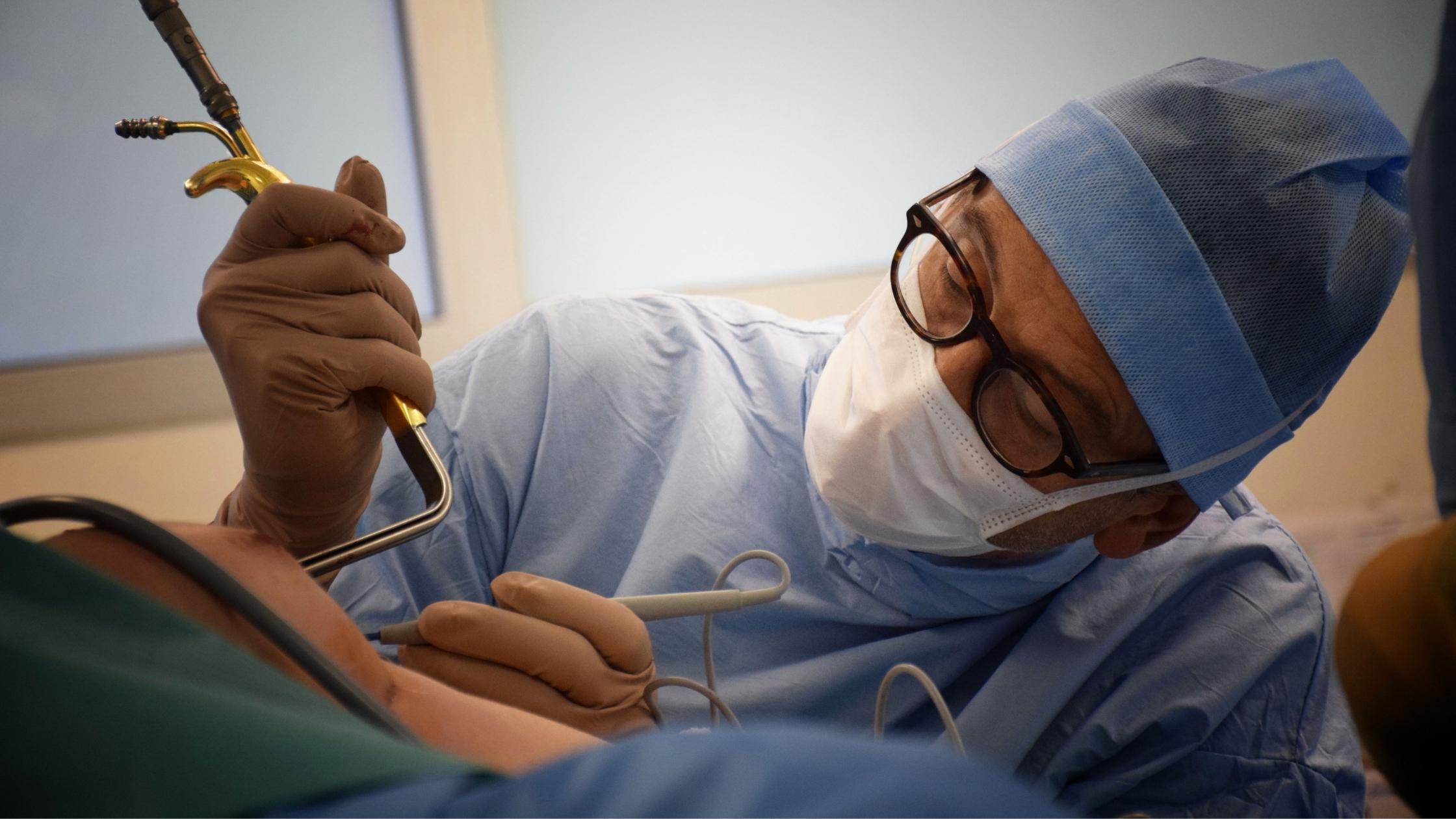- The average penis is roughly 3.5 inches flaccid and 5 inches erect, with a circumference of approximately 4.8 inches erect.
- A 2015 study found that heterosexual women prefer long term partners with penises 6.3 inches in length.
- For one time sexual encounters, slightly larger penises were preferred at 6.4 inches in length and 5 inches in girth.
Held by many as a sign of masculinity, there’s never been a shortage of men wishing they had a larger penis. While claims stating pills, various gadgets and medical procedures can increase penis size, at present no perfectly reliable method exists.
Many options provide no benefits at all, while others require extensive work that may — or may not — result in a slight improvement.
As Simple as Taking a Pill?
By far the most heavily advertised form of penile enlargement is the male enhancement supplement, or penis pill. The vast majority of these pills are untested, and their potential risks unknown.
Endorsed by a stable of porn stars, male enhancement pills are typically categorized as dietary supplements, meaning they face a weaker set of regulations than prescription drugs. The exact ingredients can vary from one pill to another, even within the same bottle.
The Food and Drug Administration (FDA), the body responsible for protecting public health when it comes to consumable products, does not test dietary supplements and can only order them removed from shelves when an issue is reported.
The FDA has found that many of these products contain undisclosed active ingredients that could be harmful to people, particularly those who take prescription drugs or have certain medical conditions.
Some users have claimed their male enhancement pills caused them to experience erectile dysfunction and/or a loss of penile sensation. Others, however, have reported temporary or permanent penile growth — although no legitimate major study has produced similar results. Due to the unreliability of these products, many men seek clinical alternatives.
Penile Enlargement Surgery
There are several forms of clinical penile enhancement that focus on either length or girth. The most common lengthening technique involves separating the penis from the suspensory ligament, a connective tissue above the penis that holds it close to the pubic bone.
“The release frees more of the penis from attachment to bone, which may increase penile length or give the illusion of length gain,” says Dr. Gary Alter, a board-certified expert in both urology and plastic surgery with a busy practice in Beverly Hills.
This procedure is performed through a 1.5 inch horizontal incision in the pubic area (that can leave a small scar). “Some physicians make a V-shaped incision and advance pubic skin onto the shaft of the penis,” explains Alter. “This incision, however, often results in deformities at the base of the penis and wide unsightly scars.”
Merely separating the penis from the suspensory ligament has its limitations. “Length gain from the surgery alone is usually only half an inch,” says Alter. “The purpose of releasing the ligament is to allow more of the penis to be stretched.”
This stretching requires the use of devices like penis weights. “Penile weights are worn as long as possible during the day, stretching the released penis,” confirms Alter.
While it’s possible to return to work a few days after the procedure, it might take up to a month before a patient can return to normal exercise. Full results can only be achieved after following approximately six months of weight use, however, a successful outcome is far from inevitable.
“Each man’s penis varies, so no guarantee can be made as to the eventual length gain that will be achieved,” says Alter.
Once full-length gain is reached, penile weight use can be lessened, but never permanently stop. “The patient will probably have to continue stretching intermittently all his life in order to maintain his length gain,” says Alter.
Though gaining one inch flaccid is considered a successful procedure, success is uncommon and gains of more than an inch are considered rare. “Many men gain nothing and must be willing to wear the weights even though they may never see any results,” says Alter. “ I rarely perform lengthening surgery because of the high incidence of no gain.”
Although no loss of sensation should occur if the procedure is performed properly, risks include scarring, and in some cases actual penile shortening.
Penile Injections: Girth Gains
While length gain is achieved through a combination of surgery and the use of certain devices, girth gain is usually attempted via injections, although both the level of safety and the results of these injections tend to be inconsistent.
“Fat has been injected into the penis with varying results,” says Alter. “Large fat injections can cause penile distortion, lumps, and nodules.” Some fat will also dissolve over time, potentially leading to uneven decreases in size.
“Alloderm, which combines the patients’ and cadaver skin along with other biologic tissues, is placed under the penile skin to increase girth,” says Alter. “These tissues increase girth but can also cause penile distortion and curvature.” Because of the complications caused by both fat injections and Alloderm, these procedures are rarely performed today.
“Injections of a subject called PMMA are now more commonly done,” notes Alter. “Many men are happy with the appearance, but there is also an incidence of firm nodules and asymmetrical appearance.”
Outside of the United States, liquid silicone has been used for girth injections and at times led to disastrous outcomes. “Silicone can move over the years, causing lumps, nodules, and deformities,” says Alter.
There have also been cases of sexual dysfunction, tumors and necrosis linked to self-administered liquid silicone penile injections. “I won’t perform girth surgery or injections due to the complications of asymmetry, nodules, curvature, possible skin loss, sensation loss, and penile shortening,” says Alter.
It is important to note that a penile enlargement procedure can be difficult or impossible to reverse, even when complications occur.
“Penis reconstruction surgery that attempts to return a distorted penis back to normal can be very challenging,” says Alter. “Sometimes the penis cannot be reconstructed to a normal appearance. No materials injected into the penis can be completely removed surgically — even if desired by the patient.”
Who Is the Ideal Patient?
The desire for a longer penis often has little to do with a man’s natural penis length.
“Even men with large penises can have insecurities about sexual performance, so it’s helpful to keep maintaining healthy expectations about the surgery,” says Rachel Hercman, a psychotherapist and relationship expert practicing in New York City. “While penile enlargement surgery can boost one’s confidence and help them feel more comfortable with themselves, it’s important to note that insecurities don’t magically melt away.”
While it might seem counterintuitive, men with large penises tend to see more growth from penile enlargement procedures. “A patient with a very small penis won’t get much length gain, as smaller penises don’t stretch as well as larger ones,” says Alter.
These procedures are typically not recommended for those with significantly smaller penises — or a microphallus. Similarly, the procedure is not intended for transgender men. “If taking testosterone to enlarge the clitoris, it still won’t be large enough to be stretched or have a filler or girth procedure performed,” says Alter.
With so many uncertainties and risks surrounding penile enlargement, it’s important to seriously consider the potential repercussions of any method, and thoroughly discuss your options with an experienced board-certified plastic surgeon — ideally somebody who has experience with penis enlargement.
“It can be difficult to stay objective when you’re hurting and feeling like this is your only solution,” says Hercman. “I believe in the importance of becoming as informed as possible, making a well-thought-out decision that takes physical and emotional considerations into account.”









